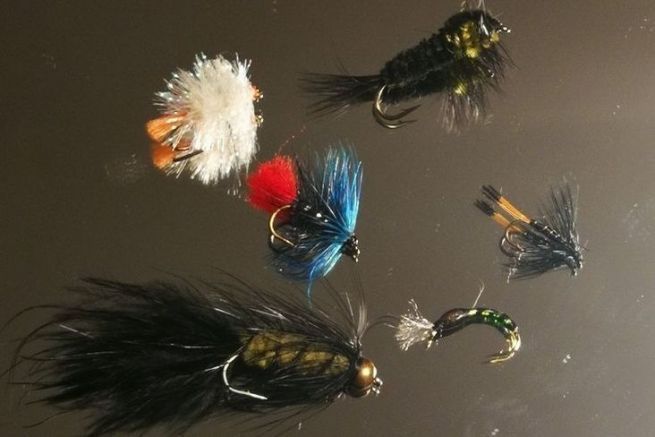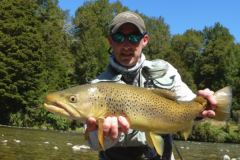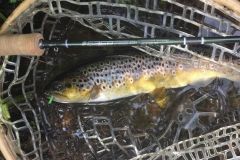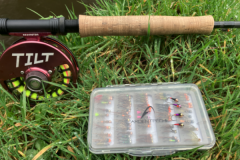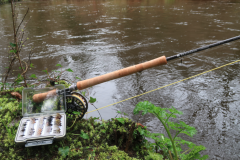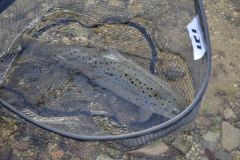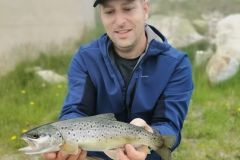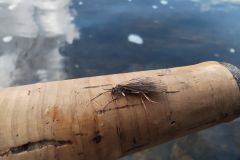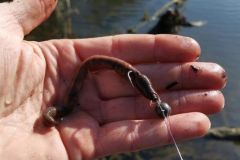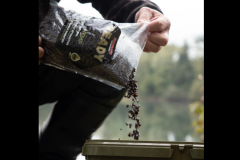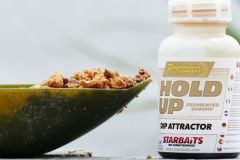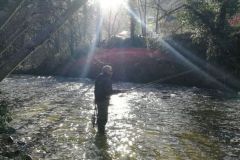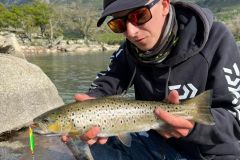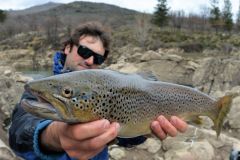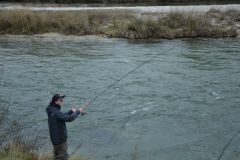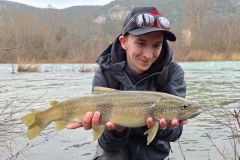The 5 types of flies presented here have already proven themselves in many situations. Woolly Bugger, blobs, chironomids, black pennel and montana line the boxes of most tank anglers. Here are some reminders and tips to help you fish effectively with these imitations.
1) The Woolly bugger, a classic among classics
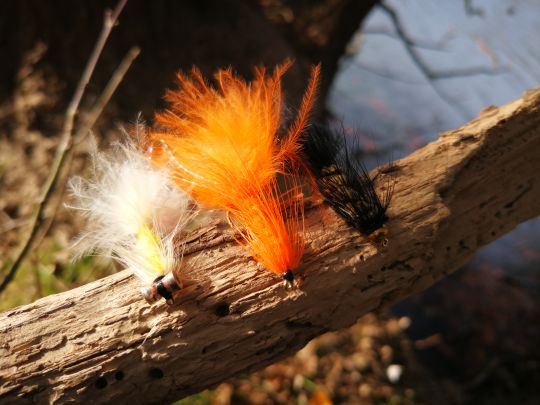
This is one of the most famous streamers, very effective in reservoirs, but also proven in rivers. Whether you are prospecting the edges or fishing in open water, the Woolly Bugger is effective in all situations! It can evolve at all swimming depths depending on the animations and its design.
It is often decisive to be able to vary the colors offered to the trout: olive, orange, chartreuse, black. The power of the rod to use will depend on the volume of the streamer and its ballast. In most cases, a 6 gauge intermediate (or sink) line will work well with the Woolly Bugger. In some situations, you should not hesitate to use a streamer close to the bottom.
2) The Blob
The blobs are a kind of small bulky balls, usually mounted with caterpillars with shiny fibers. A formidable streamer in reservoirs on rainbows, which most of the fishermen of these bodies of water have adopted.
The "classic" models are not weighted and are slow to sink, with a gliding action. To be used, for example, on intermediate lures or closer to the bottom with sinking lures. On slow retrieves, blobs are very effective, especially on freshly spilled fish that haven't seen too many streamers yet.
The variations of this famous imitation are almost infinite, by choosing to add a marabou tail, or if you wish to mount the blob with a weighted ball, or on the contrary with floating eyes (the blobby, which is similar to the boobies already featured on Fishing.news).
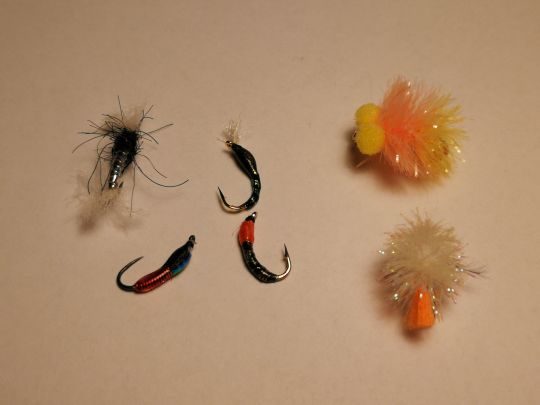
3) Chironomids
A must when fishing in water bodies (not only in reservoirs), chironomids are one of the main food sources for trout in these ecosystems.
There are countless imitations of chironomids, and it is always useful to have a few models in your fly box. In terms of assemblies and animations, the possibilities also seem almost infiniteâeuros¦ To make it simple, we can start by making a chiro evolve in tandem with a dry fly, the latter also serving as an indicator of touch. Always with a floating line, it is also possible to make evolve a "chiro train" to prospect the whole water column.
The leaders can be simplified as much as possible in order to avoid entanglements. Other practices are just as effective, whether fishing with a washing line, combining chiros and boobiesâeuros¦ Each fisherman will have his favorite techniques, depending on his experience and past successes.
4) A Black pennel for drowning fishing
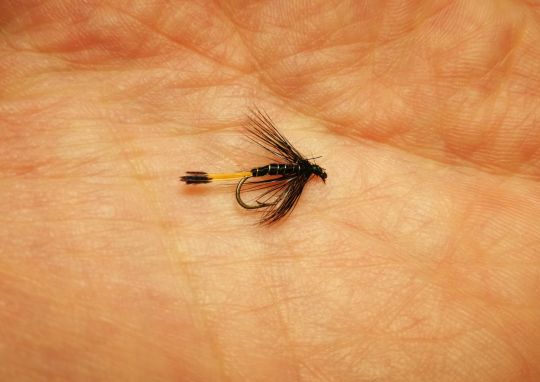
On cloudy and windy days, drowned flies are all the rage when they move in the waves breaking the calm of the water. Many drowned flies are effective in these conditions, but the black pennel remains one of the references, widely used in Great Britain in reservoirs and streams.
This fly can be combined with other imitations on a train of 2 to 3 flies, but even when it evolves alone, the black pennel is very catchy.
No need to be equipped with powerful rods, a floating line (or even intermediate) of 5 is largely sufficient. When stripping gently to bring the fly back, the hits can be violent. Very often, the swirl of the trout coming to gobble just under the surface can wake up an angler who will have lost his concentration for a few secondsâeuros¦
Black zulu and bibio marci are 2 other models well known to the amateurs of fishing in drowned on the reservoirs.
5) Montana
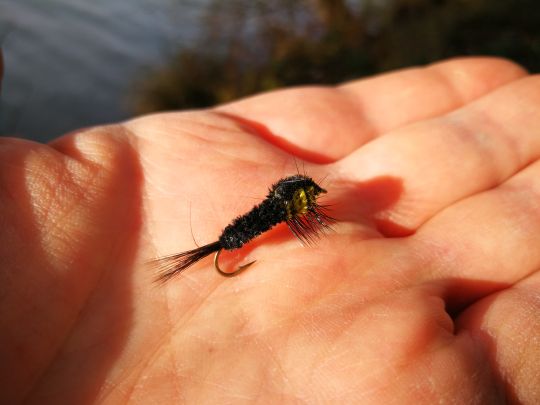
As its name indicates, this imitation comes from this American state so famous for fly fishing. Between nymph and streamer, the Montana is very efficient in reservoirs although it seems to be little used by fishermen. The big trout are particularly fond of it. The Montana can be used throughout the season, and can also reveal beautiful surprises in rivers.
To animate it well and make it attractive, it will be necessary to privilege long shots, rather slow. Take care to keep the line and the leader tense during the slowing down, it is often this moment that the trout choose to attack the imitation.
